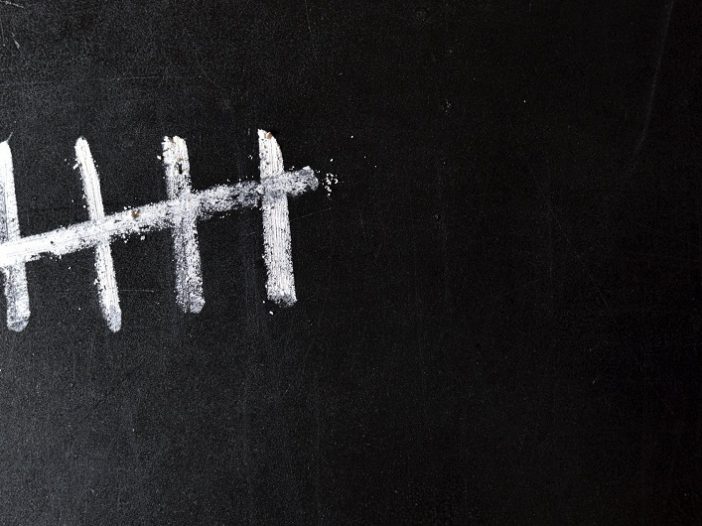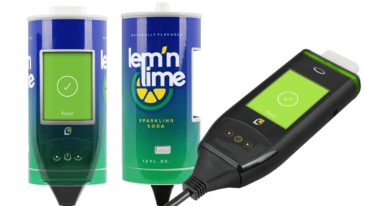
How Many Drinks Does It Take To Reach .08 BAC?
All of the states in the country have set their legal alcohol limit at a BAC of 0.08 as a means of discouraging and preventing alcohol-impaired driving and reducing deaths, injuries, and property damage. Unfortunately, unless you keep a breathalyzer on you at all times, a blood alcohol concentration of 0.08 is fairly arbitrary. It’s just a number, and not one that necessarily equates to the same feelings for everyone. Read on to learn more about BAC and how many drinks it takes to reach a 0.08 BAC limit.
What is BAC?
BAC, or blood alcohol concentration, is a measure of alcohol in your blood stream. It is expressed as a percentage calculated by a ratio of ethyl alcohol (measured in grams) per 100 milliliters of blood. For instance, a BAC of 0.04 percent means that you have 0.04 grams of alcohol for every 100 milliliters of blood.
Why Does BAC Matter?
When you consume alcohol, it is metabolized by your liver. General rule of thumb suggests that it takes about one hour to process a standard alcoholic drink. Drinking more than one drink in an hour results in higher concentrations of alcohol in your system and more time necessary to break down that alcohol. However, there are a huge variety of factors that affect how you metabolize alcohol, including your genetics, body size, age, and general health.
Blood alcohol concentration is an easy means of quantifying a person’s potential drunkenness, which is otherwise fairly subjective. Everyone experiences alcohol differently, but blood alcohol concentration can help to determine a person’s level of impairment and effects on a person’s driving abilities, even at lower percentages. You can always check a BAC chart to calculate how many drinks consumed will affect your blood alcohol level based on your body weight.
Standard Drinks and BAC
For every one drink, your BAC goes up by about 0.02 percent, so reaching a BAC of 0.08 percent takes about four to five drinks. However, that does not take into account any of the various factors that contribute to how you process alcohol.
What Constitutes a Standard Drink?
The amount of liquid in your glass or can doesn’t necessarily match up to the amount of alcohol that actually goes into your body. Beer, wine, and liquor come in so many different variations, each with different alcohol contents, which is further complicated when you factor in mixed drinks and generous bartenders. The United States sets one standard drink as containing about 14 grams of pure alcohol. This is found in:
- 12 fl oz of beer (about 5 percent alcohol by volume)
- 8 to 9 fl oz of malt liquor (about 7 percent alcohol by volume)
- 5 fl oz of wine (about 12 percent alcohol by volume)
- 1.5 fl oz of distilled spirits/liquor (about 40 percent alcohol by volume)
Understanding Blood Alcohol Concentration (BAC) and Driving Safety
Driving under the influence of alcohol poses serious risks to both the driver and others on the road. To ensure road safety, it’s crucial to understand the concept of Blood Alcohol Concentration (BAC) and its implications for driving.
Impairment Levels at Different BAC Levels
At various BAC levels, individuals experience impairments in critical driving tasks, significantly increasing the risk of accidents. Even at BAC levels below the legal limit of 0.08%, cognitive abilities, reaction times, and coordination are compromised. Understanding these impairments is essential for making informed decisions about alcohol consumption and driving.
BAC and Physical Effects
At a BAC of 0.08, you will experience severe impairment to:
- Muscle coordination (including speech, balance, vision, hearing, and reaction time)
- Judgment
- Self-control
- Reasoning
- Memory
That ultimately makes it harder to concentrate on the road or control your speed. You also won’t be able to perceive other cars or objects in and around the road, and you’ll generally have problems processing any information, including recognizing turn signals and visual scanning , posing significant risks to traffic safety.
Research Findings and Statistics
Numerous studies have demonstrated the detrimental effects of alcohol on driving performance. Research consistently shows that impairment begins at BAC levels below the legal alcohol limit, highlighting the importance of adopting stricter regulations. For instance, recent data suggests that lowering the legal BAC limit to 0.05% can significantly reduce the number of alcohol-related accidents and fatal crashes.
However, even prior to reaching 0.08 BAC, alcohol can have a severe impact on your physical and mental functions. At a BAC of 0.05, you can expect:
- Minor loss of muscle control
- Exaggerated behavior
- Released inhibitions
- Reduced alertness
- Impaired judgment
In terms of driving, being over the legal limit equates to less coordination and a reduced ability to track any moving objects. You’ll also have trouble steering and potentially be unable to respond to any sudden emergency situations.
Even with a BAC of 0.02, which is equivalent to about two drinks, your body will become more relaxed, and your judgment will begin to waver. If you’re driving, you may experience a decline in visual function, and you may have trouble multitasking.
While it may generally take about 4 to 5 drinks to reach a BAC of 0.08, there are ultimately other factors involved that could result in a higher or lower BAC. Drinking also tends to impair your ability to judge how impaired you are, so if you have been drinking, your best bet is to wait it off, designate a sober driver, or call a cab. Don’t take the risk of drinking and driving.
Sources:

